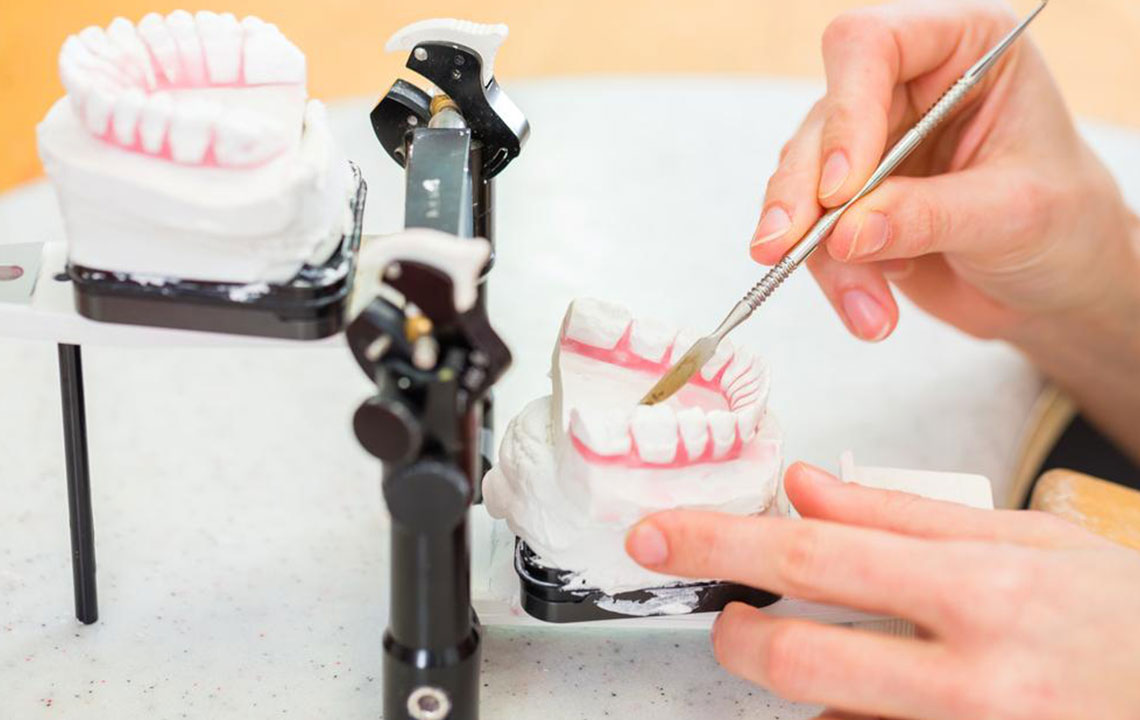The Impact of Smoking on Oral and Dental Well-being
Discover how smoking adversely affects dental health, leading to staining, gum disease, and increased cancer risk. Learn effective quitting strategies and tips for improving oral hygiene for lasting dental wellness.

The Impact of Smoking on Oral and Dental Well-being
Tobacco use, whether frequent or occasional, poses significant risks to your oral health. Regardless of the quantity smoked, these habits can lead to a range of dental issues, affecting both teeth and gums. Smoking contributes to tooth discoloration, persistent bad breath, and increases the likelihood of developing oral diseases.
Key dental problems associated with smoking include:
Staining of teeth and persistent bad odor.
Swelling and inflammation in the mouth's roof where salivary glands are located.
Elevated risk of oral cancers linked to nicotine exposure.
Healing after dental procedures, such as extractions or surgeries, is slowed down by smoking.
The outcome of dental implants depends heavily on oral health, which is compromised by tobacco use.
Smoking raises the chance of developing leukoplakia, a condition characterized by white patches in the mouth.
Progressive gum disease from smoking can lead to tooth loss as supporting tissues weaken.
Accumulation of plaque and tartar, which tarnish teeth and promote decay, is exacerbated by smoking habits.
These issues worsen with smoking, leading not only to tooth discoloration but also promoting unhealthy plaque and tartar buildup. Quitting smoking and maintaining good oral hygiene can aid recovery. Strong willpower and restraint are crucial to initiating these changes. Furthermore, smoking weakens the immune system, reducing the body's ability to combat gum infections, making cessation vital for oral health. Treatments like nicotine replacements can support quitting efforts, aiding in the rehabilitation of gums and oral tissues affected over years of smoking. Maintaining diligent oral care post-cessation accelerates healing and prevents further deterioration.










